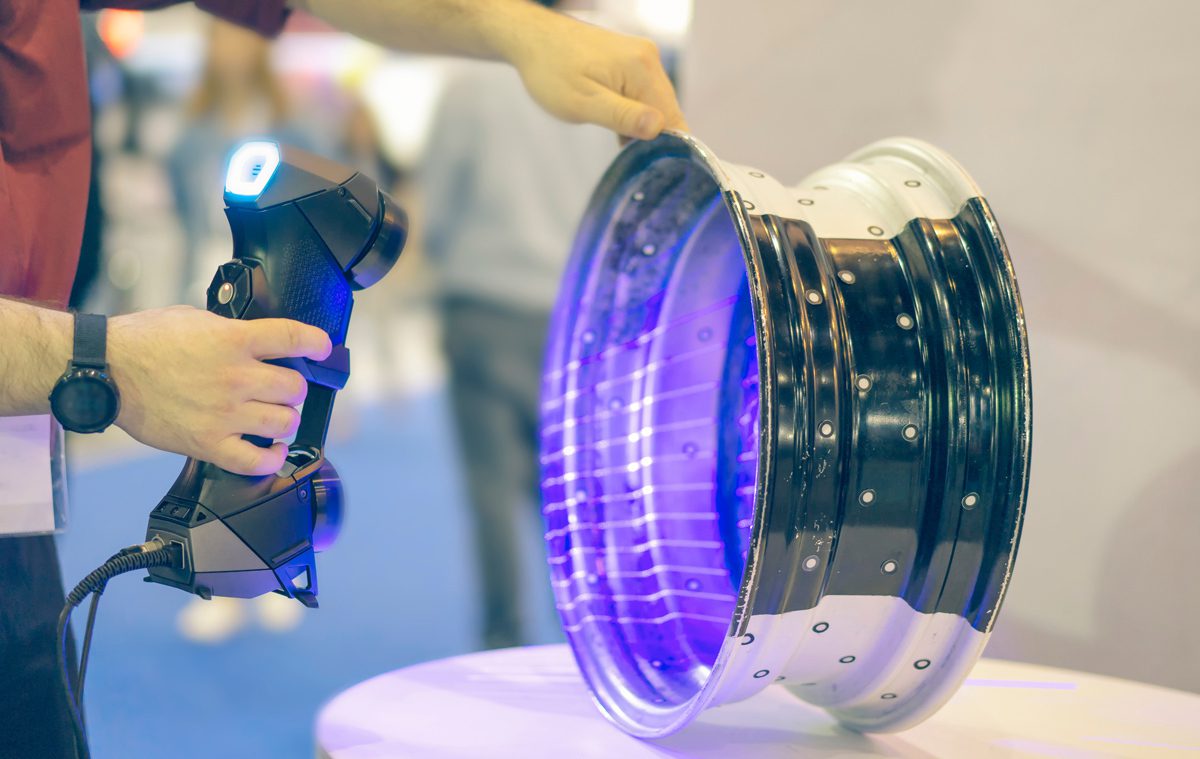
Introduction:
In recent years, the use of 3D scanners has gained increased popularity in various industries. From architecture and engineering to healthcare and entertainment, 3D scanners have changed the way we capture and replicate the physical world in digital form. However, with any technological advancement, the question of accuracy arises. How precise are these scanners in capturing the minutest details? Let's delve into the world of 3D scanning and explore its accuracy levels, limitations, and potential applications.
Understanding 3D Scanners:
Before we dive into accuracy, let's first understand how 3D scanners work. 3D scanners are devices that capture the geometry and appearance of physical objects or environments using various technologies. These technologies include laser-based scanners, structured light scanners, and photogrammetry, among others. These scanners collect data by measuring points on the object's surface and create a digital representation known as a point cloud. This point cloud can then be processed to generate a detailed 3D polygonal model.
Defining Accuracy Standards in 3D Scanners
3D scanner accuracy relies on several factors including the type of scanner, the scanning technique and the nature of the scanned object. Typically, the accuracy of 3D scanners is within a range of 0.01 mm to 0.1 mm, but a fixed standard for accuracy is not necessarily required. Instead, the level of accuracy needed depends on achieving the desired results. For example, a less expensive handheld model may be suitable for your specific purposes, even if it sacrifices some accuracy. In return, it offers greater flexibility and adaptability to the scanning environment. Comparing accuracy figures across different scanner types overlooks important factors that influence scan precision. The focus should be on achieving accuracy that is sufficient for your specific needs and desired outcomes.
Spatial Accuracy:
This refers to the capacity of a scanner to precisely capture the positioning of points within a three-dimensional space. The latest 3D scanners can achieve sub 0.1 of a millimetre accuracy, although this accuracy decreases as the scanning distance increases. Therefore, scanning small objects at close range yields better results than scanning larger objects from a distance.
Detail and Resolution:
The level of detail and resolution captured by a 3D scanner also impacts its accuracy. Scanners with higher resolution can capture finer details, leading to more accurate representations of the object. However, it's worth noting that extremely high-resolution scanners may result in larger file sizes and longer processing times.
Surface Types and Reflectivity:
Shiny or reflective surfaces can cause issues with capturing accurate data due to light reflection or refraction. Some scanners use specialised techniques to overcome these challenges, but it's important to consider the surface properties when assessing accuracy.
Limitations and Challenges:
While 3D scanners have made significant advancements in accuracy, they still have some limitations:
Occlusions:
Objects with complex shapes or occlusions (hidden areas) can pose challenges for traditional 3D scanners. These scanners rely on line-of-sight measurements, so areas not directly visible to the scanner may be inaccurately represented or missed altogether. You’d need to use a 3D CT scanner (3D-Computed Tomography) to get past this issue.
Transparency:
Transparent or translucent objects are difficult to scan accurately because light can pass through them rather than being reflected back to the scanner. This limitation affects the accuracy of capturing the object's internal structure.
Calibration and Operator Skill:
Proper calibration of 3D scanners is crucial for achieving accurate results. Additionally, the expertise of the operator plays a vital role in positioning the scanner, choosing appropriate settings, and interpreting the data obtained. Lack of calibration or operator skill can lead to inaccuracies.
Applications and Future Prospects:
Despite the limitations, 3D scanners have found widespread applications across various industries. Some notable applications include:
Inspection:
Part Inspection refers to comparing the values obtained through a measurement device with available references, such as 3D CAD models or 2D drawings, to determine whether a product is acceptable or not.
Reverse Engineering:
3D scanners facilitate the replication of physical objects and enable reverse engineering processes, which is useful in industries such as manufacturing, automotive, and aerospace.
Prototyping and Product Design:
3D scanners aid in creating precise digital models that can be used for prototyping, product design, and testing.